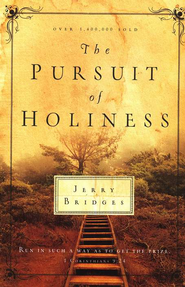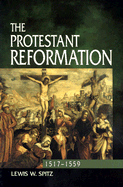 Since today we honor St. Patrick and all things Irish today, I thought it might be interesting to look at the history of the reformed church in Ireland:
Since today we honor St. Patrick and all things Irish today, I thought it might be interesting to look at the history of the reformed church in Ireland:
The origins of the Reformed Presbyterian church in Ireland are bound up with the coming of Scottish settlers to Ulster in the early 17th century. Most were Presbyterians and they soon made a major impact on the religious life of the province. They were naturally sympathetic towards their co-religionists in Scotland, who drew up a National Covenant in 1638 in protest against the autocratic policies of Charles I and who, in 1643, entered into the Solemn League and Covenant with the English Parliament. One aim of this covenant was ‘to work for the reformation of religion in the three kingdoms’ and it was warmly approved and signed by many of the Ulster Scots.
The Revolution Settlement of 1690 was welcomed by most Ulster Presbyterians as a vindication of their struggle for religious freedom. A minority, however, objected to the disregarding of the Covenants and the absence of any specific recognition of the kingship of Jesus Christ. These ‘Covenanters’, ancestors of modern Reformed Presbyterians, stood apart from the Presbyterian Church and began to hold separate meetings for fellowship. They were dependent on visits from Scottish ministers from 1696 until 1757. In 1763 a ‘Reformed Presbytery’ was formed and rapid growth led to the formation of a Synod in 1811.
There are at present 37 congregations, 5 in counties Monaghan and Donegal and the remainder in Northern Ireland. These total approximately 2,500 communicant members, with up to 1,500 covenant children and adherents in addition. This is a stronger community than bare numbers might suggest, as most of those belonging to the church show a high level of commitment. In contrast to some larger bodies, there are few nominal members.
The distribution of Reformed Presbyterians (still often called Covenanters) has generally followed the pattern of the original Scots settlement, with most congregations in counties Antrim, Londonderry and Down. For much of her history, therefore, the church has been rural in membership and orientation. This has been changing in recent years, with significant numerical growth in the Greater Belfast area resulting in the formation of several new congregations. A recovery of confidence in the relevance of the church’s message is leading to a more active and fruitful church expansion program.
Church buildings are typically simple in design, with a central pulpit, under which is a communion table, symbolizing the supreme importance of the Word of God. A widespread building program has done a great deal to improve the range of classroom, hall and kitchen facilities.
Read more about the Irish Reformed Church here. . . .
Filed under: Bible, Christianity, Church, Culture, Grace, History, Jesus Christ, Preaching | Tagged: Christianity, Greater Belfast, Jesus, Northern Ireland, Presbyterianism, Reformed churches, Reformed Presbyterian Church of Ireland, Religion and Spirituality |

























































